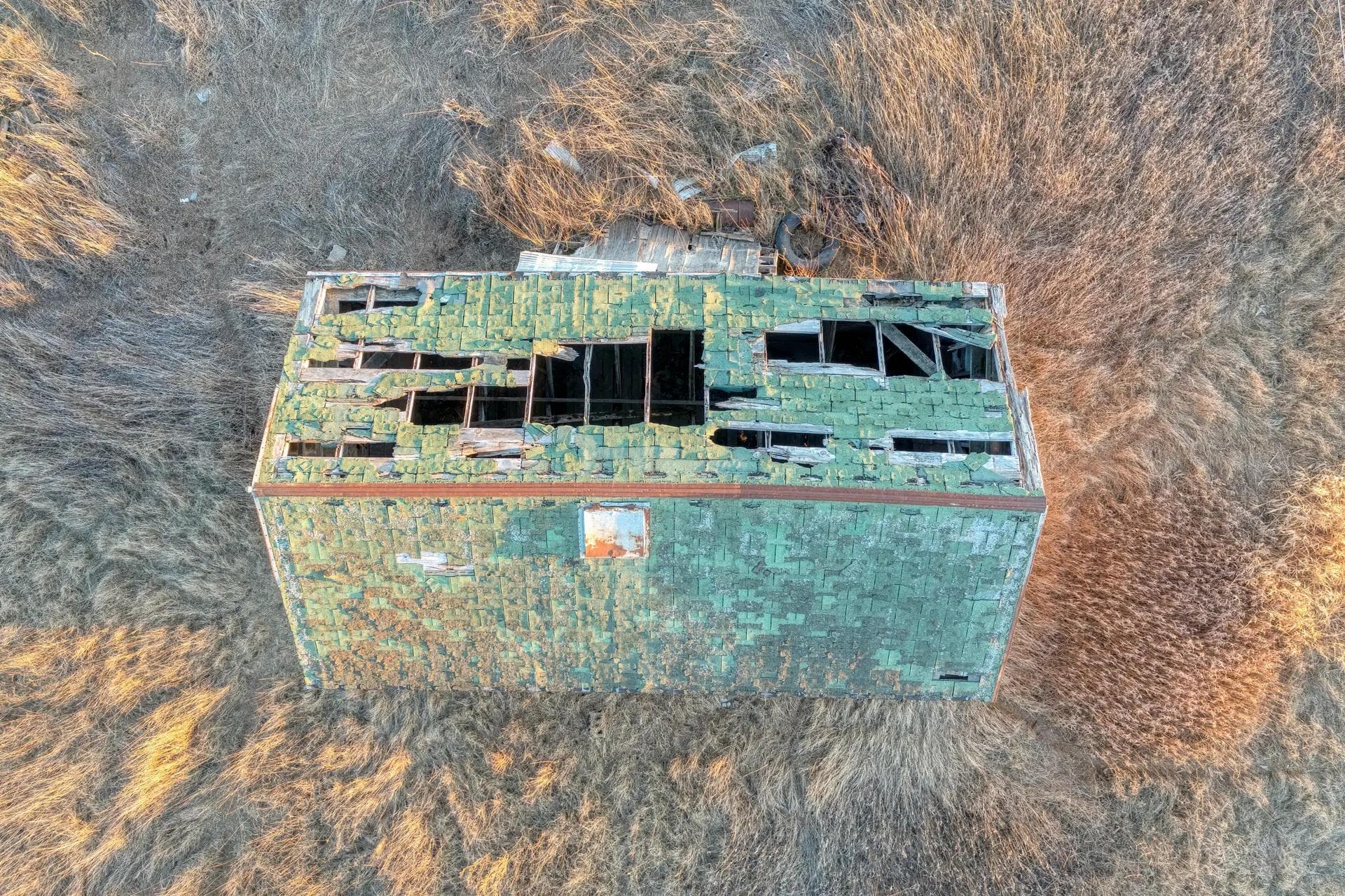
What to Do If Your Roof Is Damaged by Falling Debris
Falling debris can cause significant damage to your roof, and requires quick action. Branches, construction materials, and other environmental factors are known to cause leaks that cost hundreds, even thousands to repair. Knowing what to do when your roof is damaged by falling debris can minimize damage, speed up repairs, and save you money.
Common Causes of Debris Damage
As a homeowner, you’re likely to face a few types of debris:
- Storms (e.g., wind-blown branches, hail).
- Nearby construction (e.g., dropped tools, materials).
- Falling trees or overgrown branches near the home.
Depending on the severity of the damage, your roof may have holes, cracked shingles, or damaged flashing leading to leaks. As we’ve stated before, even small leaks can lead to huge problems down the line if left untreated.
Immediate Steps After Debris Damage
Taking action as soon as you can is crucial to the safety of everyone in your home. Swift remediation can save you a lot when it comes to the bill. Here’s a list of steps you can follow to cover your bases when it comes to roof damage:
- Step 1: Ensure Safety
- Stay off the roof to avoid injury from unstable surfaces.
- Secure the area below to prevent further debris falls.
- Step 2: Assess Damage Safely
- If you wish to inspect, use binoculars to check for visible holes, cracks, or displaced materials.
- Look for interior signs (e.g., water stains, attic leaks).
- Step 3: Temporary Fixes
- Cover holes with a tarp or roofing tape to prevent water entry.
- Clear loose debris from the roof using a roof rake (ground-level).
- Step 4: Document Damage
- Take photos/videos of damage for insurance claims.
- Note the date and cause (e.g., storm, neighbor’s tree).
Filing an Insurance Claim
- Contact your insurer promptly to report damage.
- Provide documentation (photos, receipts for temporary fixes).
- Schedule an adjuster visit; have a roofing contractor present for accuracy.
- Understand coverage (e.g., debris removal, repair costs).
Disclaimer: Richter Roofing is NOT a lawyer/law firm. Follow this advice at your discretion and work with your insurer.
When filing a claim, it’s important to keep in mind your coverage. Check your policy to confirm your insurance covers the type of damage (eg. hail, fallen tree) is covered. Most policies will cover accidents, but may not provide coverage if there are clear signs of neglect. You should also note your deductible and coverage exclusions.
File an insurance claim as soon as possible, and be ready to provide basic information like your policy number and description of what happened.
Gather any documentation that may prove what caused the damage. Photos, videos, receipts of recent work, or invoices could theoretically all be used to assist in your claim. Doing this will provide evidence towards your claim, thus increasing your chances of being covered.
Next you’ll likely get a visit from the insurance company’s adjustor to assess the damage. You’ll want to be present to point out all damage caused. You can also consider a public adjustor if you find that the insurance payout is not fair.
During the decision time, you can search for repair quotes from local roofing contractors. Find a licensed, reputable roofing company to visit and assess your roof. You may be able to use the quote the roofer gives you in your negotiations with the insurance company.
Lastly you’ll schedule repairs and finalize the claim. Both of these can take some time, so it is important to act quickly when your roof is damaged.
Hiring a Professional Roofer
- Choose a licensed, insured roofing contractor with storm damage experience.
- Request a detailed estimate covering repairs and cleanup.
- Ensure repairs address any underlying issues.
- Contact Richter Roofing today.
Preventing Future Debris Damage
Preventive maintenance is a great way to protect your roof from future debris damage. Here are some steps you can follow to protect your roof:
- Trim overhanging branches before storm season.
- Inspect nearby trees for weak limbs.
- Install protective features (e.g., stronger flashing, impact-resistant materials).
- Schedule regular roof inspections to catch vulnerabilities.
Conclusion
It is vital that you take quick action after your roof is damaged from falling debris. Assessing, documenting, and repairing prevents costly damage. If you’re in Western New York and your roof is damaged, get in contact with us and we’ll give you a quote.
FAQ
Q: What types of debris can damage my roof?
A: Falling branches, construction materials, or storm debris like hail can cause holes, cracks, or leaks.
Q: Is it safe to inspect my roof after debris damage?
A: Stay off the roof; use binoculars to check damage safely. Call a roofing contractor for a professional inspection.
Q: Can I make temporary fixes to a debris-damaged roof?
A: Yes, cover holes with a tarp or roofing tape and clear loose debris with a roof rake. Avoid climbing the roof.
Q: How do I file an insurance claim for debris damage?
A: Contact your insurer, document damage with photos, and provide receipts. Have a roofer present during the adjuster’s visit.
Q: How can I prevent debris damage in the future?A: Trim branches, inspect trees, and install durable roofing materials. Schedule regular inspections with a roofing contractor.
Customer Reviews
With over 1000 home projects completed to date, we know how to treat our customers. This is what they’re saying about us.

